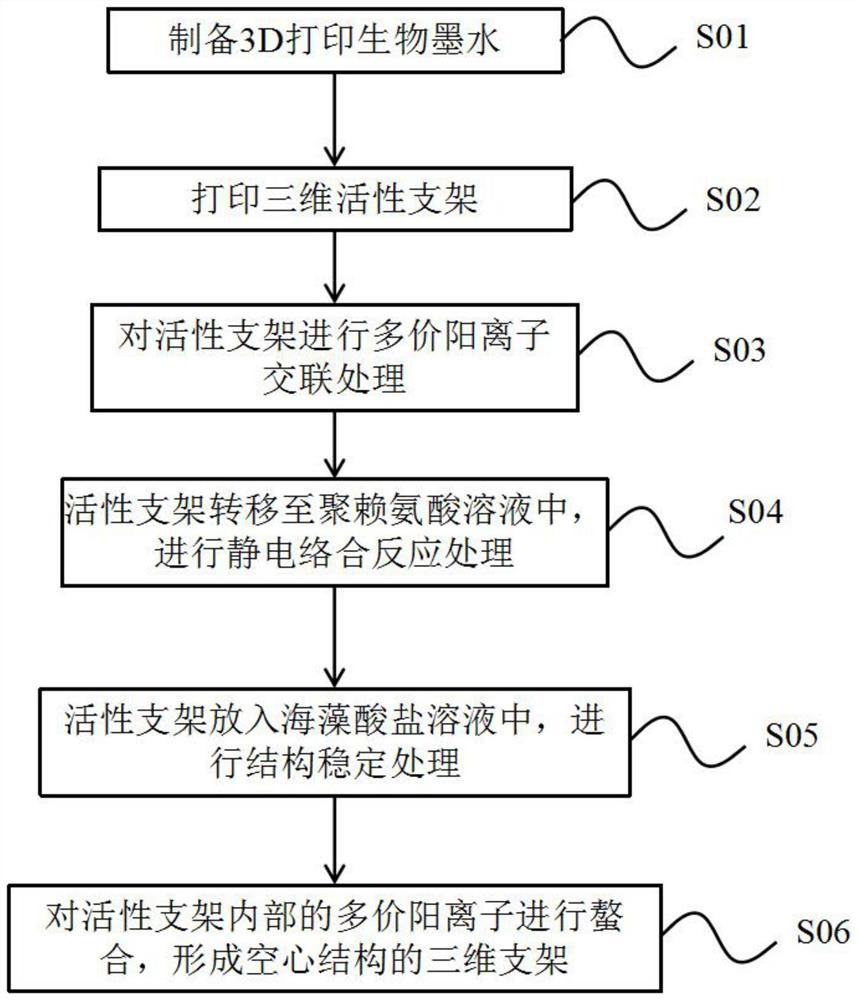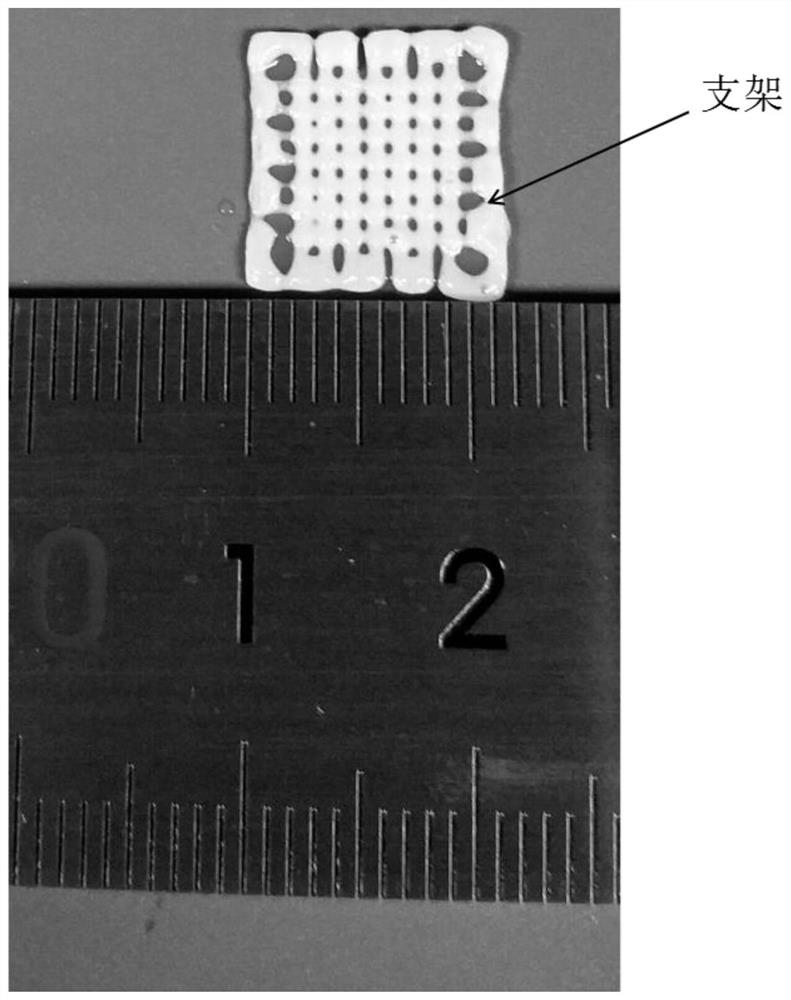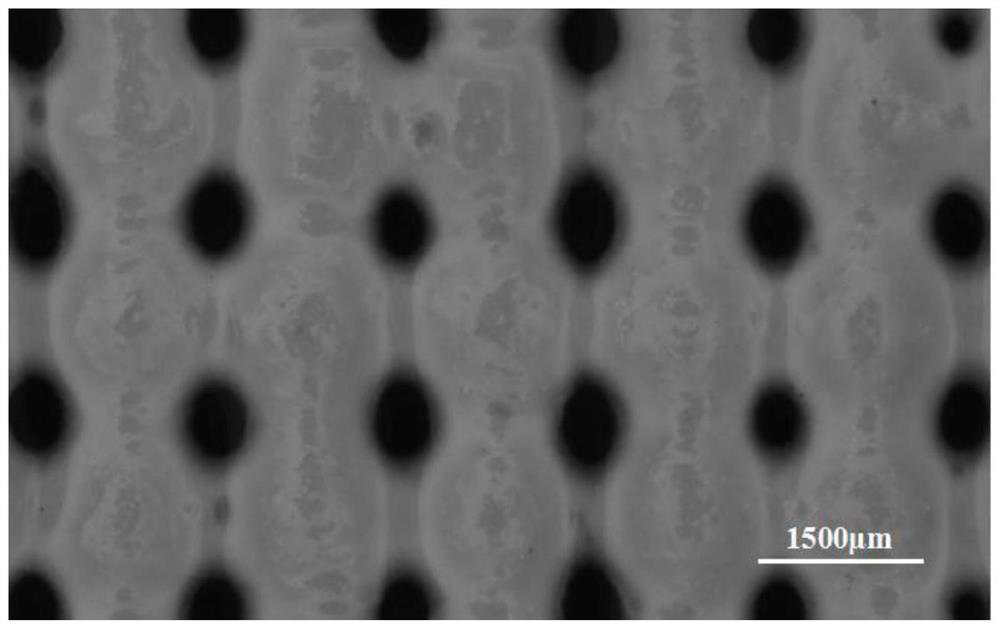Three-dimensional stent with communicating hollow structure and preparation method of three-dimensional stent
A technology of three-dimensional stents and hollow structures, applied in medical science, prosthesis, additive processing, etc., can solve the problems of simplicity of the preparation process, impact of convenience, unstable structure, unfavorable cell growth, etc., to achieve the benefit of nutrient transportation and Exchange, good structural stability and excellent controllability
- Summary
- Abstract
- Description
- Claims
- Application Information
AI Technical Summary
Problems solved by technology
Method used
Image
Examples
Embodiment Construction
[0031] In order to make the object, technical solution and advantages of the present invention more clear, the present invention will be further described in detail below in conjunction with the accompanying drawings and embodiments. It should be understood that the specific embodiments described here are only used to explain the present invention, not to limit the present invention.
[0032] refer to figure 1 , the embodiment of the present invention provides a method for preparing a three-dimensional scaffold, including:
[0033] S01. Using cells and alginate hydrogel to compound to prepare 3D printing bio-ink.
[0034] S02, constructing an active scaffold with a three-dimensional structure by 3D printing;
[0035] S03, performing multivalent cation cross-linking treatment on the active scaffold to obtain a relatively stable structure;
[0036] S04. Transfer the active scaffold after the multivalent cation cross-linking treatment to the polylysine solution, and perform el...
PUM
 Login to View More
Login to View More Abstract
Description
Claims
Application Information
 Login to View More
Login to View More - R&D
- Intellectual Property
- Life Sciences
- Materials
- Tech Scout
- Unparalleled Data Quality
- Higher Quality Content
- 60% Fewer Hallucinations
Browse by: Latest US Patents, China's latest patents, Technical Efficacy Thesaurus, Application Domain, Technology Topic, Popular Technical Reports.
© 2025 PatSnap. All rights reserved.Legal|Privacy policy|Modern Slavery Act Transparency Statement|Sitemap|About US| Contact US: help@patsnap.com



